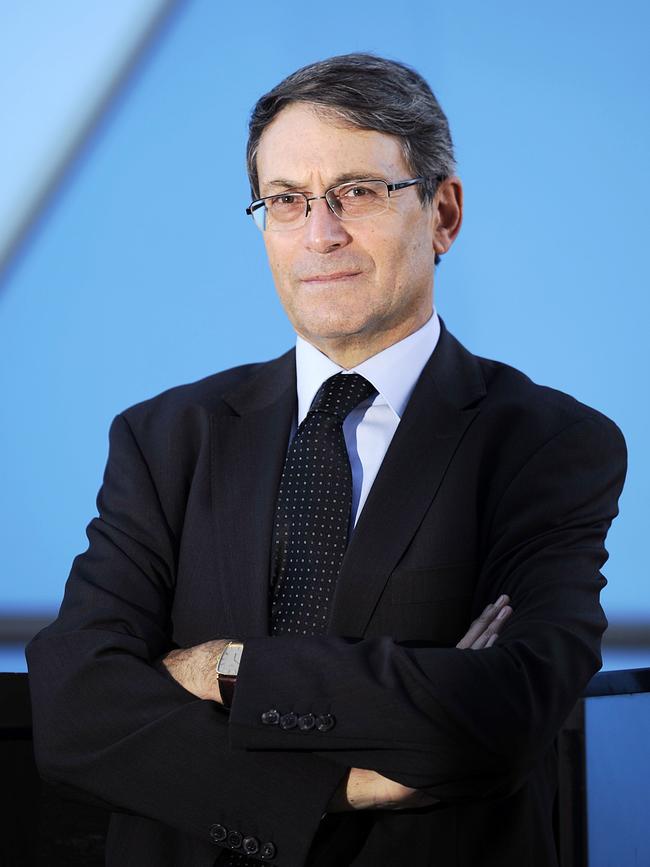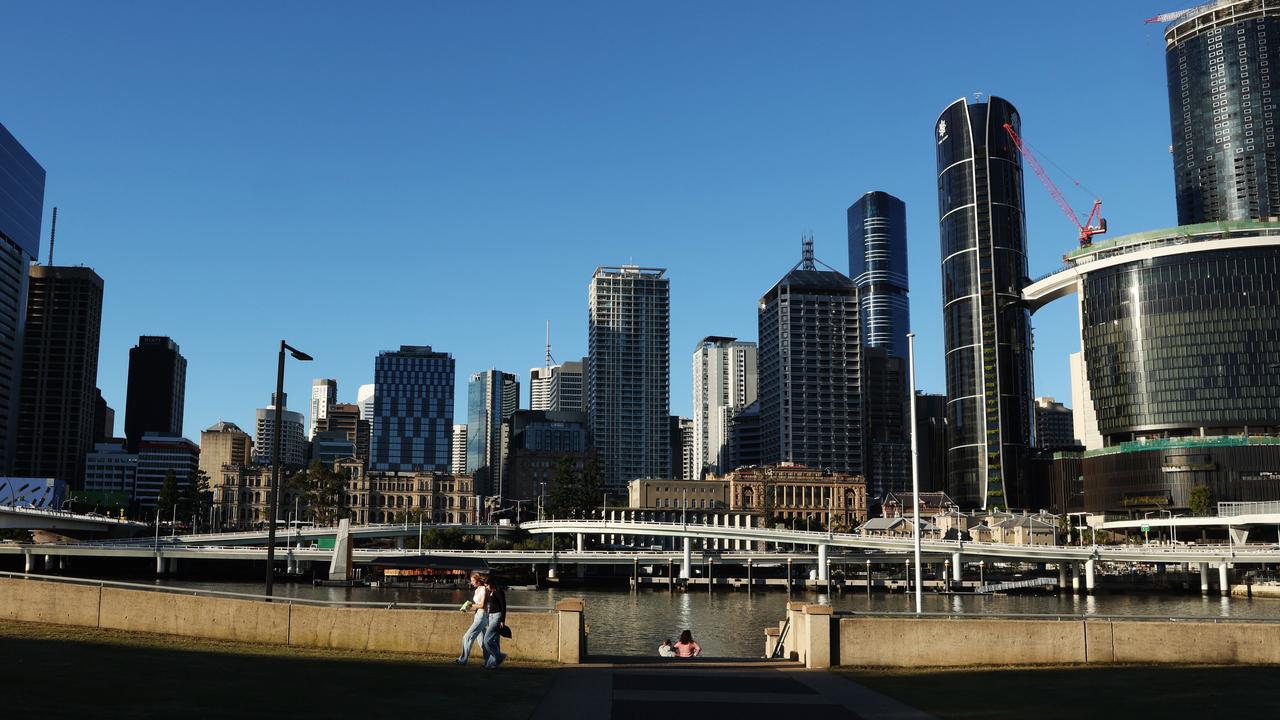Crikey’s investigative unit INQ was a short-lived experiment
News website Crikey’s investigative unit — promoted as the website’s ‘single biggest investment in journalism’ — was quietly disbanded barely a year after it launched.

Business
Don't miss out on the headlines from Business. Followed categories will be added to My News.
News website Crikey’s investigative unit – which was promoted as the publication’s “single biggest investment in journalism” – was quietly disbanded barely a year after it launched following a mass exodus of staff.
The website boasted a team of 12 reporters as part of its INQ investigative unit when it was established in mid-2019, but the experiment fractured within months, and by early 2020 INQ’s output was sporadic.
The final story officially produced by INQ was published in August last year – but insiders say the special unit had been formally disbanded long before then.
Most of the 12 staff who were assigned to work on INQ have since departed Crikey, but there remains no explanation on its INQ homepage as to why the unit was abruptly shut down.
In 2019, when INQ was established, then Crikey editor Eric Beecher said its aim was to “unearth issues that need to be exposed, interrogated, investigated, explained or deconstructed”.
“Then dig, prod, probe, sniff around, analyse, sort the data, follow the money, connect the dots and never stop asking questions,” he said.
But former Crikey employees, who spoke to The Australian on the condition of anonymity, claim INQ was “amateur” from the beginning, lacking necessary staff such as sub-editors and graphic designers to help produce quality, news-breaking investigative content.

Crikey editor-in-chief Peter Fray, who joined the news website in early 2020, said INQ – which had already been substantially pared back by the time he was hired – “probably could have been managed better”, and could also have benefited from “greater product differentiation” between it and the broader Crikey site.
“But in saying that, INQ was a worthwhile exercise,” Fray said. “It wasn’t unlike other investigative news units at other titles that have evolved over time.
“It’s just the nature of the business that we’re in – some ideas work and some don’t.
“But the spirit of INQ lives on at Crikey, in the investigative work most notably of David Hardaker, and in the journalism of others including Amber Schultz and Kishor Napier-Raman.”
Beecher told The Australian that INQ was an “ambitious investigative reporting initiative” and since its closure some of the staff have been “phased into the rest of Crikey”.
He conceded INQ was “a risk that didn’t fully succeed”. However, Beecher, the chairman of Private Media (which owns Crikey), would not disclose details about what exactly went wrong, instead outlining some key investigations that INQ reported, including “the stacking of the Administrative Appeals Tribunal; the Prime Minister’s connections to QAnon; the collapse of Hillsong and several other investigative projects”.
Some of the journalists who were hired to work on INQ, and have since left Crikey, include Walkley Award winner Suzanne Smith, Lauren Molan, Kirsten Drysdale, Justine Landis-Hanley, Emily Watkins, Jennine Khalik and Chris Woods. Others who have remained at Crikey after working on INQ include Hardaker, Schultz, Napier-Raman, Charlie Lewis and Georgia Wilkins.
Beecher said Private Media has “shareholders who invest in the company for a financial return, and they are extremely supportive shareholders”.
One of its shareholders is John B. Fairfax.
The Fairfax family cut ties with Fairfax Media in 2011.
Fairfax Media, which was the former publisher of The Sydney Morning Herald and The Age, was purchased by Nine Entertainment Co in 2018.
Originally published as Crikey’s investigative unit INQ was a short-lived experiment


